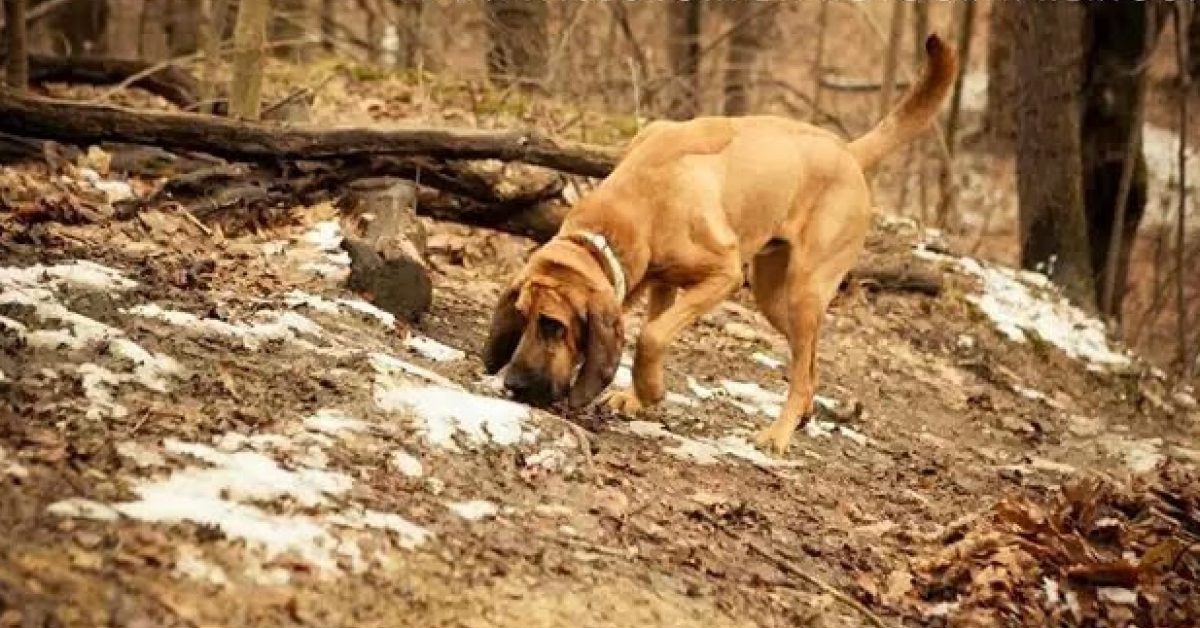
Behind The Scenes of Military and Police Dogs
Police have been using dogs to help do their work since the middle ages. The military has been officially using them since 1942. With their loyal personalities and fantastic sense of smell, dogs are the obvious option to help officers do their jobs.
What do military and police dogs do?
Police and military dogs are specifically trained to assist police and military personnel perform law-enforcing duties. Some specific responsibilities these dogs help with are:
- Searching for drugs and explosives
- Searching for missing people
- Cadaver searches
- Crime scene evidence
- Assisting with the apprehension of criminals by biting and holding a suspect until officers arrive.
Some breeds are more suited to police and military work than others.
- Belgian Malinois– With their confidence, intelligence, and hardworking nature, these dogs are the number one choice for police and military work.
- German Shepherd– Perhaps the most commonly thought of police dog, these dogs’ loyalty, high energy, and intelligence make them ideal candidates for police and military needs.
- Doberman Pinscher– These dogs are agile, smart, and willing to please. All of which are Necessary traits for this line of work.
- Labrador retriever– These dogs’ energy levels, muscular build, and friendly nature make them ideal candidates to work in settings in which they will encounter the public. Security in airports, scent detection, and search and rescue are examples of job duties you’ll find labradors working in.
- Bloodhounds– Perhaps one of the first breeds of dogs to work in this line of work. Bloodhounds were used to help solve the case of Jack the Ripper in the 1880s. Their fantastic sense of smell makes them perfect for search and rescue missions or scent detection work.
K-9 Officers are often the result of donations.
Police departments with a working K-9 officer often receive the dog from public and corporate donations due to the cost to acquire and train these animals.
Both the military and police departments rely heavily on donations to help feed and take care of veterinary costs associated with these amazing animals.
Most K-9 officers come to their handlers already trained.
Whether military or police, most dogs arrive “pre-trained,” and initial training focuses on bonding with the handler and getting to understand each other. Training starts at a very young age with basic obedience and socialization. As training progresses, the puppy undergoes testing at each step of the training process to assess its ability to perform under stressful, chaotic, and loud environments.
When a K-9 officer fulfills his duties or becomes too old to continue, he retires.
Usually, the K-9 officer will retire and live at home with his handler and adjust to life as a family pet. However, sometimes this is not the case. When the police or military dog does not retire home with his handler, the police or military must approve of the family wishing to adopt.
When a K-9 officer dies, whether in action or after a full life, they receive a funeral with complete military or police honors.
Dogs are invaluable to our police and military for their amazing loyalty and eagerness to work and sniff. Certain dog breeds such as the Belgian Malinois or German Shepard are favored due to the breed’s traits. Training starts young and continues for the duration of the dog’s employment. The bond between the pair creates a single operating unit, each one learning to read the other’s body language.
If you’d like to donate to help out police dogs serving your community, contact your local police department to find out how. Or visit the National Police Dog Foundation to find out how you can support police dogs nationwide. To donate to military dogs, you can visit the U.S War Dogs Association.
